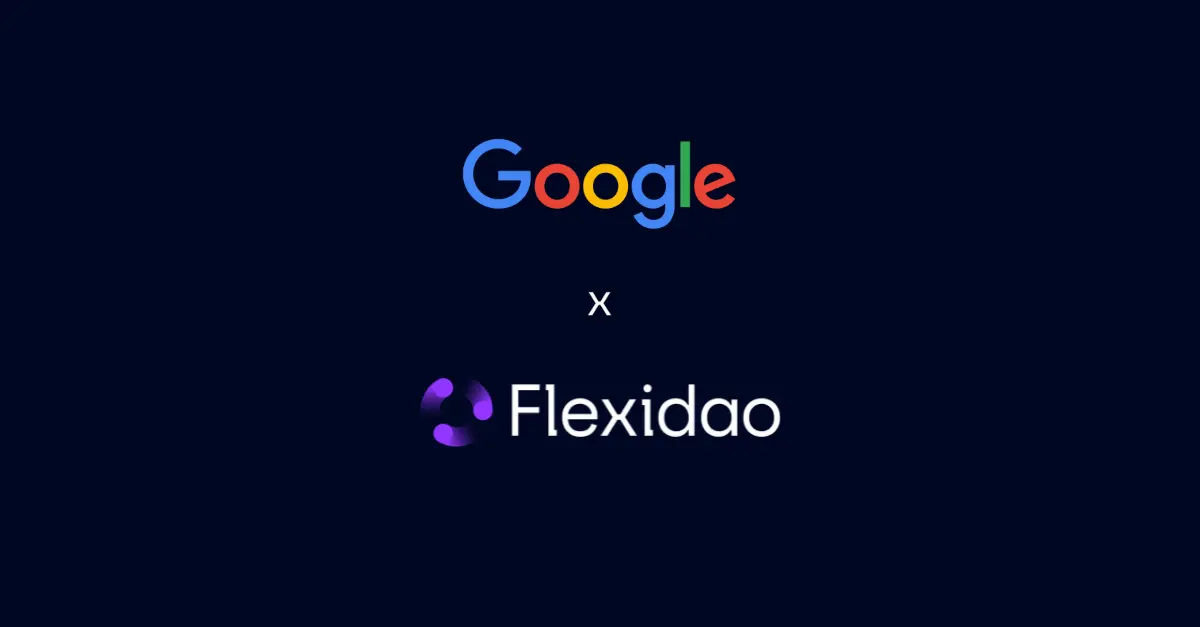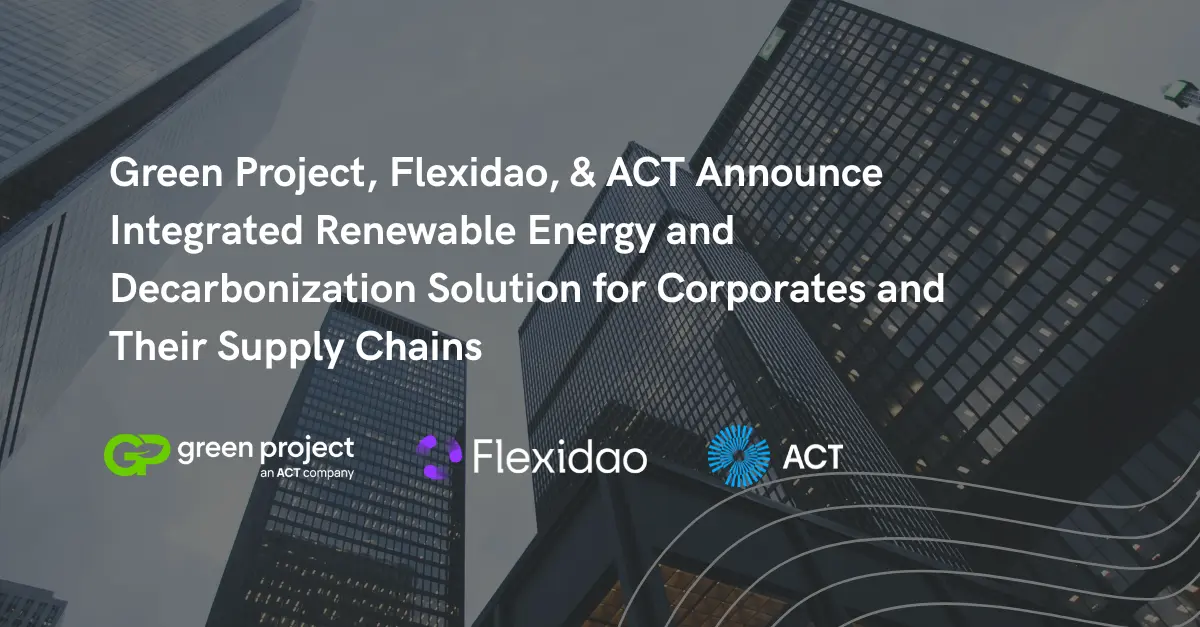Energy Data Management: Efficient Energy Data Management for PPAs and Electricity Contracts with EACs
Energy Data Management: Efficient Energy Data Management for PPAs and Electricity Contracts with EACs
Centralize your global electricity data with a single platform for better risk management, target monitoring, streamlined reporting, and financial oversight.
Organizing electricity data is a constant challenge for large multinational companies with energy portfolios spanning different regions. It has historically been a burdensome manual task taken on by procurement and energy managers. Yet it is a crucial one for identifying and forecasting various types of risks, calculating financial outcomes, monitoring key performance indicators (KPIs), and ensuring the organization is compliant with RE regulations.
As budgets continue to shrink and renewable energy procurement is facing more scrutiny from voluntary and soon to be mandatory sustainability disclosure schemes, businesses must focus on better management and oversight of their renewable energy portfolio. By integrating smart technologies and automating processes, companies can better manage costs, enhance performance, and maintain compliance with regulatory standards.
Instead of relying on generalist ERPs, spreadsheets, and manual data exchanges, businesses should explore emerging digital solutions to fully leverage their Power Purchase Agreements (PPAs), renewable energy contracts, and Energy Attribute Certificate (EACs) data for more efficient and effective electricity management. This ultimately translates to enhanced data visibility and streamlined reporting, enabling more informed decisions surrounding a company’s renewable energy portfolio.
Different Types of Electricity Contracts Companies Manage
Renewable Energy Contracts with Energy Attribute Certificates
Renewable energy contracts are standard electricity agreements between an energy buyer and a supplier, guaranteeing a consistent energy supply to the buyer's sites. Typically, these contracts do not specify the particular renewable assets from which the electricity is sourced. Most suppliers obtain energy from the wholesale market, though many also own their own generation assets or hold power purchase agreements (PPAs). To verify that the energy you are purchasing is renewable, your supplier will acquire Energy Attribute Certificates (EACs) in conjunction with the electricity procured on your behalf.
Energy Attribute Certificates (EACs), also known as Renewable Energy Certificates (RECs) in some regions, reflect the environmental attributes associated with renewable energy. Each EAC represents one megawatt-hour (MWh) of clean electricity produced from sources like solar or wind and added to the power grid.
“Unbundled EACs” of purchased energy are separate from the electricity itself, making it possible for the certificates to be bought individually. They serve as verifiable proof that your company is consuming electricity generated from sustainable sources. This is essential for businesses looking to demonstrate their environmental commitment and achieve sustainability goals.
EACs by Geographic Location
Each certificate plays a vital role in proving the origination of an energy attribute, affirming that the source comes from a renewable energy asset. Here’s a look at the differing EACs in specific regions:
- Europe: GoOs (Guarantees of origin)
- The United States and Canada: RECs (Renewable Energy Certificates)
- Asia, Africa, Latin America, and the Middle East: I-RECs (International Renewable Energy Certificates)
Managing a global portfolio of EACs is time-consuming and complex, involving retrieval, retirement, data extraction, analysis, and reporting across several countries and regions, each subject to different regulations, standards, and levels of digitalization. Integrating data from both online and offline registries adds to the complexity, requiring significant manual effort and resources. Consolidating EAC data from multiple sources is challenging, and triggering transactions and ensuring timely updates is difficult. Without streamlined processes, buyers face increased risks of errors and inefficiencies, further complicating my EAC portfolio management.
Power Purchase Agreements (PPAs)
Power Purchase Agreements (PPAs) refer to long-term, renewable energy contracts between a power producer, typically a renewable energy generator, and a power purchaser, which can be a utility company or a larger corporation. These contracts outline the terms and conditions for buying and selling a specific amount of electricity over a predetermined period. By having a direct agreement with a power producer, you are having a much more clear, direct impact on stimulating more demand for renewable electricity. It can also provide more price stability for the buyer as you are entering into a long-term contract with the PPA. When entering into a PPA agreement, you will also directly receive the EACs related to the renewable power you are contracting in most cases.
Managing Power Purchase Agreements
PPAs are a complex deal that adds additionality, price stability, and more assurance to the energy buyer. They offer a structure that benefits both developers and buyers — developers establish a long-term revenue stream, securing buyers with price stability and a hedge against volatile energy markets. Organizations often struggle with achieving accurate sustainability reporting due to a lack of visibility into their energy data. Without proper oversight, it can be difficult to track and report on the true impact of the agreement.
PPAs come with yearly cost estimates, but these can change over time. Factors like inflation or how much energy is produced can throw those estimates off. If you don't keep a close eye on your PPAs, you won’t be able to plan your budget properly, putting your company at risk of financial losses. It's not just the yearly estimates that can change — the amount of energy produced by the renewable source can also fluctuate. To avoid unexpected costs down the line, you will need daily or better yet, hourly generation data.
Buyers need to keep volumetric risks in mind when it comes to their PPA contracts. Volumetric risk refers to uncertainties surrounding the difference between the estimated and actual volume of electricity generated and consumed. Remedying this involves including specific clauses in PPA contracts that address data availability, performance guarantees, and curtailment conditions. Having a thorough understanding of your PPA generation data can unveil potential shortfalls and allow for proactive management. For example, you could purchase additional Energy Attribute Certificates (EACs) during low-production periods.
Integrating all of your PPA, EAC, and Contract Data
It is important to have a comprehensive overview of all of your contracts in one single source of truth. Gaining a holistic view of all your electricity contracts, PPA agreements and EACs can empower your institution to monitor and track energy procurement costs, covering PPA terms and EAC purchases. You’ll also be able to pinpoint trends and gaps in your energy usage patterns to optimize consumption.
The integrated data not only helps companies simplify electricity management, it enables you to quantify environmental impact by showcasing your renewable energy choices. Streamlined reporting eliminates manual processes, allowing you to make accurate data-driven decisions regarding your energy procurement and sustainability initiatives.
Where Does Flexidao Come In?
Flexidao offers a robust Clean Electricity Portfolio Management and Reporting solution which simplifies the complexities of electricity portfolio management. By centralizing all your electricity contract and certificate data, we eliminate siloed information and risky single points of failure. This helps increase oversight for risk mitigation, monitoring of targets and goals, and streamlined reporting for businesses.
Why Choose Flexidao
Simplified Management of Your Energy Portfolio
Consolidate all your global billing, meter data, contracts, and environmental certificate data in one place for simplified oversight.
Enhanced Risk Monitoring
Streamline your end-to-end energy procurement processes, from unbundled EACs to PPAs. Effectively manage contracts throughout their lifecycle, resolve discrepancies, and identify potential gaps in your procurement strategy.
Consolidated and Standardized
Automate the collection and regular update of essential data for real-time monitoring of key financial, volumetric, and carbon indicators. Leave data processing to us and reduce manual work as well as potential errors.
Seamless Integration
Flexidao offers a standard API that can be easily incorporated into your current systems while ensuring data integrity, accuracy, and accessibility for all system users.
Optimized Sustainability Reporting
Effortlessly collect and manage proof for robust reporting to sustainability initiatives like CDP and RE100. Optimize your EAC allocation to minimize your Scope 2 to market-based emissions.
Conclusion
By understanding the true potential of PPAs, EACs, and integrated data management, you can tailor a unique renewable energy strategy that aligns with your organization’s environmental goals. Take control of the synergy between the integrated data from PPAs and EACs to unlock cost savings, sustainability achievements, and a more efficient future for your business.








